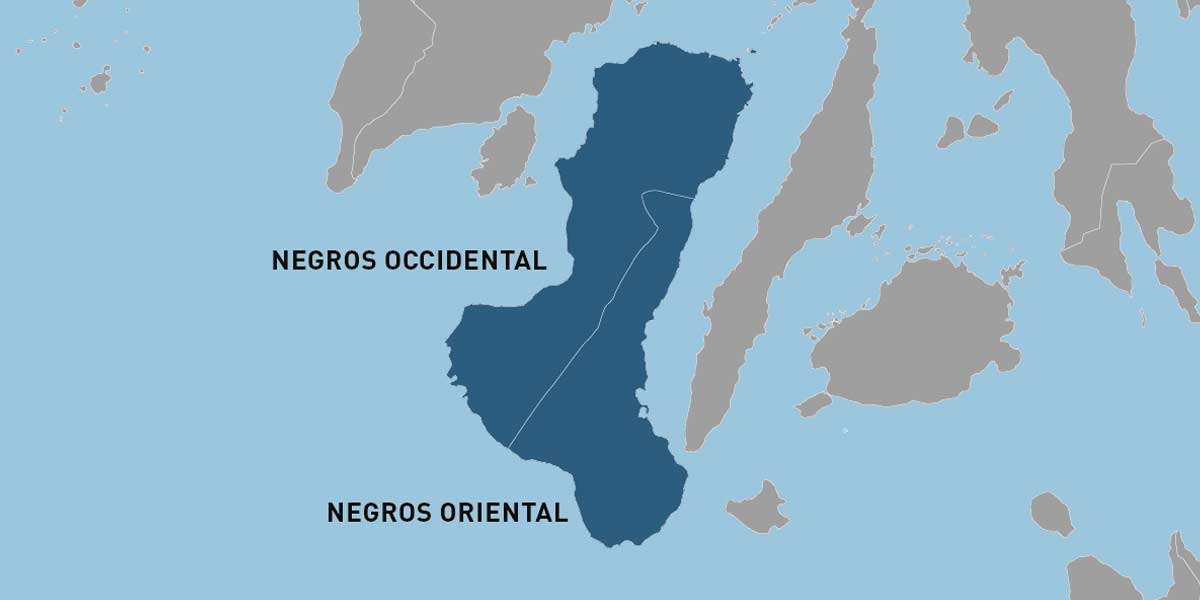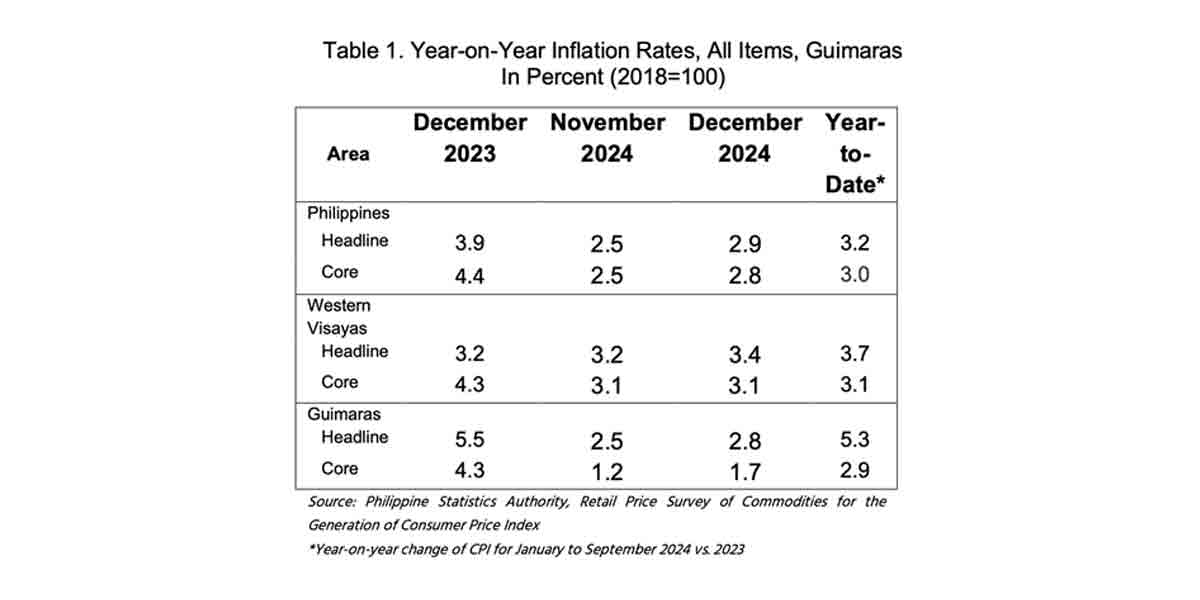By Mark Valencia
As China-US tensions ratchet up, the unthinkable – a military clash – becomes ever more likely. While neither likely wants a military confrontation, a perfect storm of circumstances could turn a relatively minor incident into a wider clash.
While China’s intimidation of Taiwan has captured the most attention as a potential flashpoint, Beijing’s aggressive actions in the South and East China Seas also present serious risks. Indeed, the US could be drawn into a maritime clash with China not directly of its own choosing.
There are various scenarios that illustrate how this could happen, and the US needs to have contingency plans to respond to such possibilities.
China has become increasingly aggressive and blatant in its violations of the US-led and vociferously defended “international order” against its rival maritime claimants in the South and East China Seas. Some are allies or friends of the US. Their ever more defiant responses make these arenas ripe for a clash that could involve the US.
Enhancing the risk, China has passed new laws authorizing its coast guard to use force to defend its “sovereign rights and jurisdiction,” and that requiring prior notification for “submersibles, nuclear vessels, and ships carrying toxic and harmful substances” to enter its “territorial waters.”
Adding to the worries is that it is unclear what it claims as waters under its jurisdiction and its “territorial waters.” Some think that either or both may include the waters within its nine-dash line claim.
As China shows its hand and bares its teeth, rival claimants are recoiling in fear and defiance. Of course Washington is taking political advantage of Beijing’s diplomatic mistakes by criticizing it and verbally supporting the “victims” of China’s actions. But in doing so, the US is making it more difficult to demur or refuse requests for military help from friends, partners and allies that are in such situations.
In one scenario that is becoming ever more likely, the US could be dragged into a kinetic conflict with China via the 1951 US-Philippine Mutual Defense Treaty (MDT).
In such a hypothetical case, an element of the Philippine military – perhaps going rogue – provokes a clash with China’s military. The Philippines demands that the US honor its commitment to come to its defense. The US then has to choose between a military clash with China or losing its credibility in the region.
A version of this scenario almost became reality.
On November 16, China Coast Guard vessels used water cannons to prevent the Philippines from resupplying its troops on Second Thomas Shoal. Chinese Foreign Ministry spokesman Zhao Lijian said its coast guard vessels performed official duties in accordance with its laws and upheld China’s “territorial sovereignty.” This may have been the first time China has used its coast guard law against the Philippines.
After the Philippines vigorously protested, China allowed a second attempt to pass unmolested. But it then demanded that the Philippines remove the purposely beached wreck on the reef harboring the troops.
Moreover, China reportedly imposed two conditions on future Philippine resupply missions: no increase in troops stationed there or provision of high-powered weapons; and no transfer of materials to repair the vessel or build on the reef.
These acts and demands violate the United Nations Convention on the Law of the Sea (UNCLOS) because Second Thomas Shoal is a low-tide feature located on the Philippines’ legitimate continental shelf and within its exclusive economic zone (EEZ).
China’s actions and statements are an in-your-face violation of the US-backed international order and an example of why some analysts say China thinks the US will not respond militarily – a very dangerous assumption.
Similar situations could easily arise with other rival claimants. The US came to the aid of Malaysia when China tried to intimidate its contracted drilling vessel West Capella operating in Malaysia’s EEZ.
In late April 2020, US warships conducted exercises in the area where a Chinese government survey ship, Haiyang Dizhi 8, was operating with an escort of several China Coast Guard ships. US Pacific Fleet commander Admiral John Aquilino said, “The Chinese Communist Party must end its pattern of bullying Southeast Asians out of offshore oil, gas, and fisheries.”
But just two months ago, Malaysia protested the presence of a Chinese survey vessel and coast guard escorts in its legitimate EEZ. The vessels were operating in and, according to some, harassing Petronas drilling operations in Malaysia’s Kasawari gas field off Sarawak.
Other scenarios involve a clash arising from US freedom of navigation operations (FONOPs) challenging China’s claims in the South China Sea.
In October 2018, during a FONOP in that sea, there was a near collision between the US destroyer Decatur and a Chinese warship. The Pentagon accused the PLA Navy of “using an unsafe and unprofessional maneuver” forcing the Decatur to change course to avoid a collision. But China believes that these FONOPs are a threat to its sovereignty, integrity and security.
Yet the US continues to push its luck. In the aftermath of one incident, Admiral Phil Davidson, the Indo-Pacific commander, told a US Senate panel, “Through fear and coercion, Beijing is working to expand its form of ideology in order to bend, break and replace the existing rules-based international order.”
Then there is the constant danger of another serious international incident involving close-in air, surface and subsurface intelligence-gathering probes along China’s coasts. China complains that they are a threat to its security and sends warships and warplanes to warn them off.
In 2001, a US intelligence plane and a Chinese fighter jet collided off Hainan. The Chinese jet crashed into the sea, killing the pilot, and the damaged US plane made an emergency landing on Hainan. The region and the world held their collective breath while cooler heads negotiated a release of the American crew.
There have been several near-misses since then, and it seems it is only a matter of time before another such serious incident occurs.
Last but certainly not least is the even more dangerous dispute between Japan and China over rocks and maritime areas in the East China Sea. Both are jockeying to demonstrate control and a clash is increasingly likely.
The problem for the US is that it has stated in no uncertain terms – foolishly, I think – that the rocks are covered by its mutual defense treaty with Japan. So a Chinese attack on them or Japanese forces in the area would trigger the treaty and bring the US, China and the world closer to a version of Armageddon.
These are just some of the scenarios in which the US could get dragged into a kinetic conflict with China not of its own choosing. It should carefully weigh whether such commitment of its and its allies’ and friends’ blood and treasure is really worth the defense of its version of the “international order” rather than a compromise that integrates China’s interests therein.
If not, it had better tell its allies that its military support is contingent on their not provoking a clash. Ambiguity cuts both ways. It can serve as a deterrent to provocative behavior by China, but also by US allies and friends who may expect the US to come to their rescue automatically.
Mark J Valencia is an internationally recognized maritime policy analyst, political commentator and consultant focused on Asia. Most recently he was a visiting senior scholar at China’s National Institute for South China Sea Studies and continues to be an adjunct senior scholar with the Institute. Valencia has published some 15 books and more than 100 peer-reviewed journal articles/AsiaTimes





















